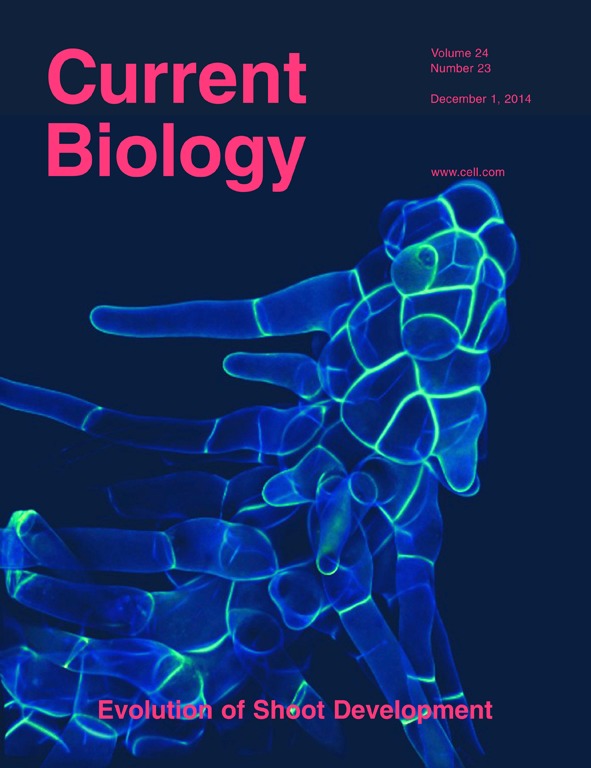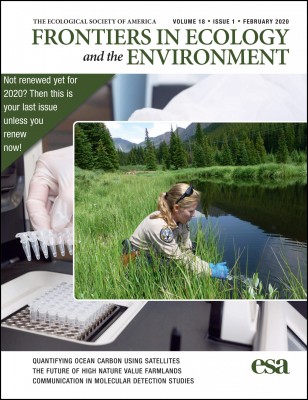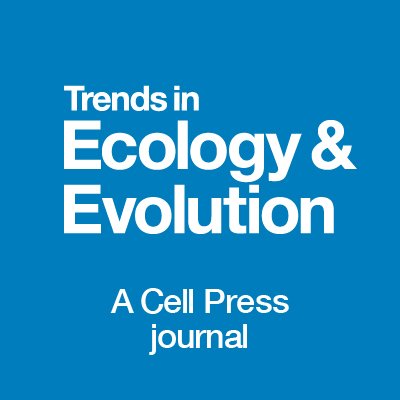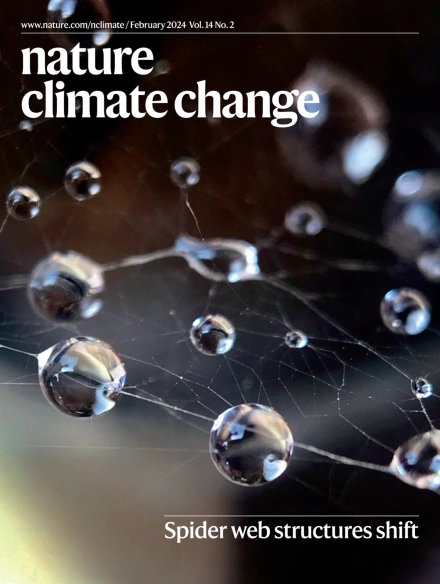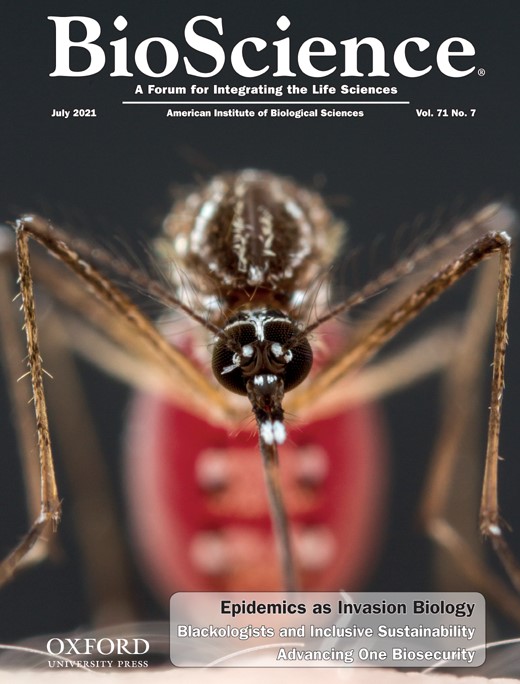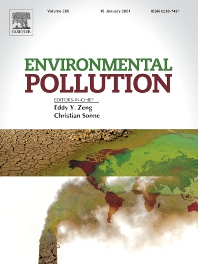- Department:(Dept. 5) Evolutionary and Integrative Ecology

Evolutionary Insights from Association Rule Mining of Co-Occurring Mutations in Influenza Hemagglutinin and Neuraminidase
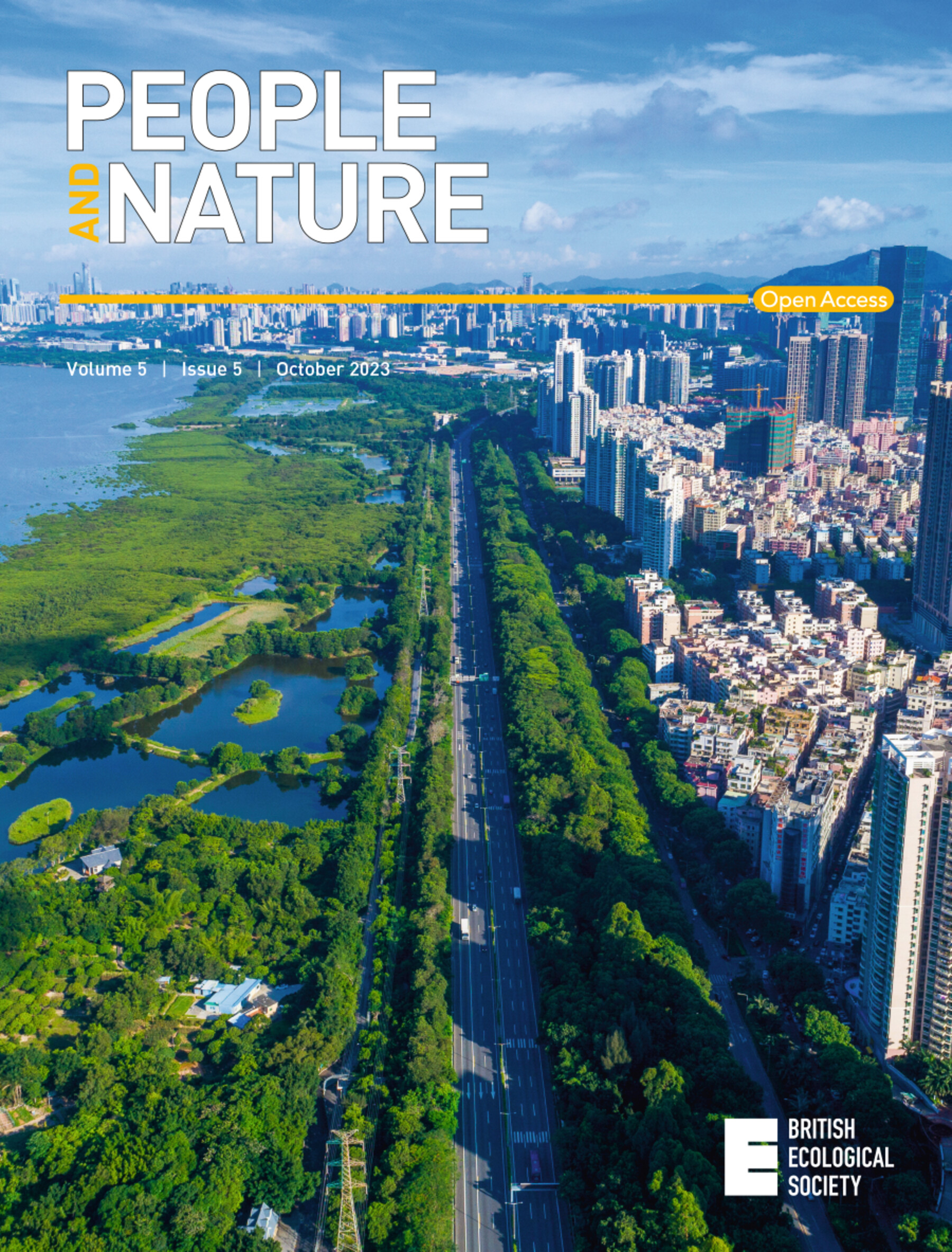
Reintroduced, but not accepted: Stakeholder perceptions of beavers in Germany
The authors conducted a scientific online survey among representatives of the general public, forestry and agriculture to find out their opinions on beavers in Germany. The majority of the general public have a positive view of beavers, while the agricultural and forestry sectors have a much more negative view. There are also regional differences.
The haplotype-resolved Prymnesium parvum (type B) microalga genome reveals the genetic basis of its fish-killing toxins
The research team has sequenced the complete genome of the microalga from the the Oder disaster 2022 in order to identify future risk factors under which the alga multiplies and produces its toxin. They were able to identify the gene sequences that encode the toxins an important step toward an early warning system.
Dispersal evolution alters evolutionmediated priority effects in a metacommunity
A scenario-guided strategy for the future management of biological invasions
The study used a scenario-based approach to explore management options for invasive species in Europe. During two workshops involving a multidisciplinary team of experts, a management strategy arranged into 19 goals relating to policy, research, public awareness, and biosecurity was developed considering different future scenarios of biological invasions.
Flagship events and biodiversity conservation
While flagship species are a highly effective approach in conservation, this article proposes the distinct but complementary concept of flagship events: natural or anthropogenic occurrences that attract public attention. Flagship events have high potential value for biodiversity conservation by engaging people with wildlife and helping to garner support for conservation efforts.
Interactions between climate change and urbanization will shape the future of biodiversity
The study shows how interactions between climate change and urbanisation affect biodiversity and ecosystem dynamics. The authors point out that the interactions between these two drivers of global change can have far-reaching effects, and how this knowledge can inform urban planning.
The potential of historical spy-satellite imagery to support research in ecology and conservation
This study evaluated the spatial, temporal, and seasonal coverage of over one million declassified images from 4 US spy-satellite programmes, showing that this data spans nearly the entire globe and all seasons. Their use could lead to better mapping of the historical extent and structure of ecosystems and human impacts, and help reconstruct past habitats and species distributions.
Widely used herbicide metolachlor can promote harmful bloom formation by stimulating cyanobacterial growth and driving detrimental effects on their chytrid parasites
The study investigated the effects of the herbicide metolachlor on host-parasite interactions, using the host-parasite system of the toxigenic cyanobacterium Planktothrix agardhii and its chytrid parasite Rhizophydium megarrhizum. Metolachlor promoted cyanobacteria growth and caused multi and transgenerational detrimental effects on parasite fitness. However, these effects are reversible.
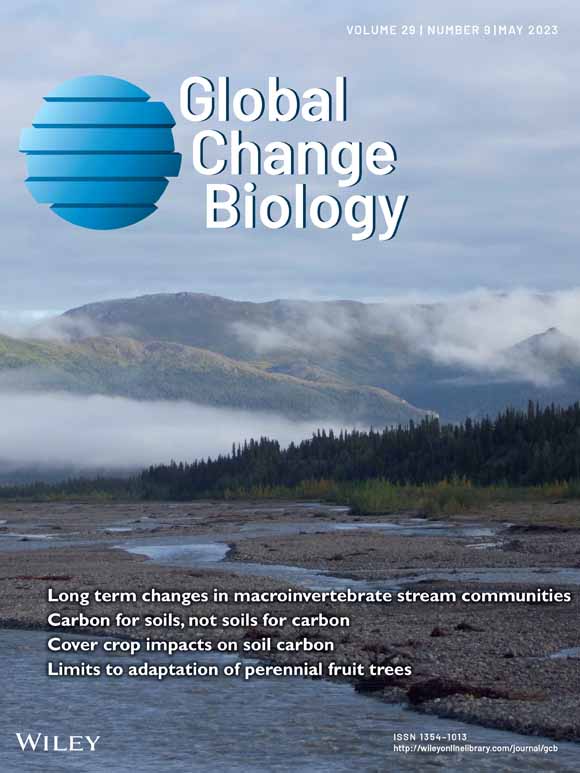
What factors influence the rediscovery of lost tetrapod species?
The authors created a database of lost and rediscovered tetrapod species (amphibians, reptiles, birds and mammals), identified patterns in their distribution and factors influencing rediscovery. Tetrapod species are being lost at a faster rate than they are being rediscovered, due to slowing rates of rediscovery for amphibians, birds and mammals, and rapid rates of loss for reptiles


